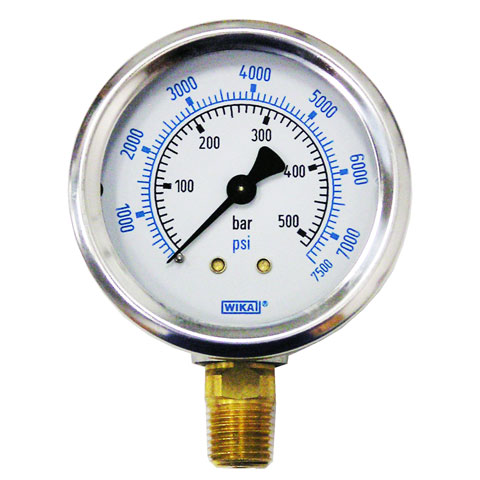

There's no real slide rule for this, so just play around with the pressure and see what feels best for you.Īlso keep in mind that rear tires tend to carry more weight than those in front, so adjust accordingly as necessary. For perspective, someone weighing in at 200lbs will probably want to pump in around 20 more psi than someone Up the backcountry, heavier riders should use a higher psi than lighter ones to see the same performance in their Whether you're competing in the Tour de Whatever or shredding WeightĪs a general guideline, more weight = more pressure. To making sure everyone's tires are in good shape for their next ride. Which leads us to… Other Bike Inflation Factors to Considerīecause nothing in life is ever as simple as it should be, we've included a few more things to ponder when it comes A number of factors go into the inflation Keep in mind that these are called "recommendations" for a reason, though. Kids' bikes have the lowest recommended inflation, typically 20 to 40 psi. Hybrid bike tires require pressure levels between those of road and mountain bikes. MTB manufacturers recommendīetween 30 and 50 psi on most of their bikes since this is a nice balance between on-road (closer to 50) and off-road Giving you more traction since more of the tire comes into contact with the ground. Lower pressure helps with shock absorption while also Much air lead to too much bounce, making for a jolty ride. Unlike roadies, mountain bikes are flying over loose, bumpy terrain. It: at 100 psi, a tire can barely be compressed with your thumb. Quick tip if you're caught inflating a road tire without a gauge and need to ballpark A typical range for these would be between 80 and 130 psi, although racers can Road bikes and tires are built for speed over smooth surfaces.

Alternatively, there are generally-accepted ranges based on bike type: Bike tire type Written as a range (for instance, "90 to 115 psi") since there are reasons why you'd want to be on the higher or lowerīasic rule of thumb if your tires happen to not indicate a recommended pressure: pump them up until they'reįirm but still slightly squeezable. Pound Per Square Inch (psi) for Bike Tire PressureĮvery tire has a recommended psi printed on its side close to where it touches the rim. While this is true in many instances, the fact of the matter is that proper inflation for optimal performanceĭepends on the individual rider and his or her bike. Say that less air offers a more comfortable ride and more air makes you goįaster. However, it would be an oversimplification to Having the right PSI in your bike tires can make a world of difference.


 0 kommentar(er)
0 kommentar(er)
